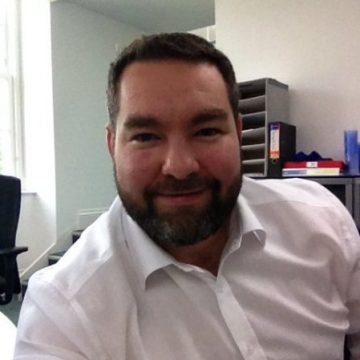General practitioners (GPs) make up a fundamental part of the NHS and are crucial to the world-leading healthcare services offered here in the UK. However, earlier this month, a BBC investigation conducted by the Nuffield Trust think-tank revealed that across the UK, the number of GPs relative to the size of the population has fallen in a sustained way for the first time since the 1960s. The news comes at a time when the population is ageing and demands on GPs are rising.
According to the Nuffield Trust, “nobody wanted this [shortfall] to happen — it reflects a series of failures and accidents whose effects are likely to continue”. Front and centre are problems with staffing: a target set in England to increase GP numbers by 5,000 by 2020 will most likely be missed, and one in three posts for specialty GP training don’t lead to a GP joining the NHS. Furthermore, two-thirds of GPs are retiring early, largely due to increased workloads and pressures, which is double the rate seen just five years ago.
It has been acknowledged publicly that there is no way of filling the gap between the supply of GPs and the population’s demand for the next few years. Although the number of GP training places is increasing, it takes at least three years for a junior doctor to become a GP, and so it will be a while before this boost in numbers is fully realised. For this interim period therefore, a solution is needed, and I truly believe the answer lies in technology.
There are several ways in which technology could help to bridge the gap.
Bringing Shared Services Together
Recommendations have already been made by the Nuffield Trust and other health think-tanks that greater use of other professions, such as physiotherapists, nurses, and pharmacists, could help to ease the pressure on GP services.
Currently, workflow between NHS departments and services remains largely paper-based, and each step in a patient’s treatment programme is organised manually. Very often, when a patient is released from hospital into the community, for example, they fall back under a GP’s care who then becomes responsible for organising their treatment package.
If shared NHS services became more tightly coordinated via a secure, centralised, digital workspace, decisions could be made more efficiently, without the GP needing to see a patient or act as the middleman. This would also help to create a better experience for patients, since they could also go direct to the NHS service they require, instead of via a GP first.
Reaching Out to More Patients at Once
In appropriate circumstances, adopting a one-to-many approach, via technology, could help to ease a significant amount of burden on GPs.
Web conferencing technology could allow GPs to run a virtual weekly clinic for certain conditions, such as eczema, for example. These clinics could be used to update patients on new developments in medication and treatment and provide a forum for a focused Q&A, where knowledge could be shared efficiently. Questions of a more personal nature could be asked via a private chat pane with the GP.
Meeting software could also enable GPs to offer virtual appointments, to further boost efficiencies. Furthermore, as GP partners near retirement age, knowledge management will become critical, and if they have access to cloud-based patient data and meeting technology, they could continue to offer virtual appointments within their area of specialism on a part-time basis and from home.
Self-Management of Patient Data and Information
Cloud-based and digital workspace technology could ease the volume of admin for GPs, enabling patients to self-manage their personal data and information. Patients who need to regularly check their blood pressure or blood sugar levels, for example, could input these readings themselves, daily, meaning that physical GP appointments would be needed less often.
A Change of Mindset
Of course, the challenge with introducing new technology is the mindset change required. With many GP partners nearing retirement age, to secure buy-in, it will be crucial the technology is usable and reliable, to match or exceed consumer-grade technology. GPs must expect some unintended consequences as there would be with the introduction of any new technology, but to address this it is crucial that they continue to innovate as the technology improves. In my mind it is entirely possible that with the right attitude and investment, technology can be used to bridge the current shortfall that we have in GPs across the country.



